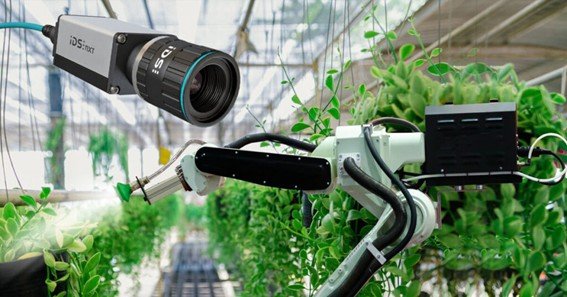Ag Cameras: Transforming Agriculture with Precision Monitoring
In the evolving landscape of agriculture, technology plays a pivotal role in enhancing productivity and sustainability. Ag cameras, encompassing a range of imaging technologies, have become indispensable tools for farmers worldwide. From monitoring crop health to ensuring livestock welfare and securing farm perimeters, these cameras offer real-time insights that drive informed decision-making.
Types of Ag Cameras and Their Applications
1. Multispectral and Hyperspectral Cameras
These advanced imaging systems capture data across multiple wavelengths, beyond the visible spectrum. They are instrumental in assessing plant health, detecting diseases, and optimizing irrigation practices. For instance, the Spectral Devices Agriculture Camera utilizes four spectral bands to measure vegetation indices like NDVI, aiding in precise crop management.
2. Thermal and Infrared Cameras
Thermal imaging cameras detect temperature variations, which can indicate issues such as water stress or pest infestations in crops. They are also used in livestock monitoring to identify animals in distress or to assess barn conditions. Recent advancements have led to the development of low-cost, uncooled infrared cameras with enhanced resolution, making thermal imaging more accessible for precision agriculture applications.
3. Livestock Monitoring Cameras
These cameras are designed to monitor animal behavior and health. Systems like CowCams offer customized video monitoring solutions for barns and pastures, allowing farmers to observe livestock remotely and ensure their well-being.
4. Security and Surveillance Cameras
Farm security is paramount, and surveillance cameras help protect against theft and monitor perimeters. Companies like Trueview provide 4G CCTV cameras with SIM card connectivity, enabling farmers to monitor their properties in real-time from anywhere.
Integration with Agricultural Equipment
Ag cameras are increasingly integrated into agricultural machinery such as tractors, combines, and sprayers. For example, the AgCam system by Dakota Micro offers ruggedized cameras that provide clear visuals for operators, enhancing safety and operational efficiency.
Benefits of Ag Cameras in Agriculture
- Enhanced Crop Monitoring: Early detection of diseases and pests leads to timely interventions.
- Improved Livestock Management: Continuous monitoring ensures better animal health and productivity.
- Increased Operational Efficiency: Integration with machinery streamlines farming operations.
- Enhanced Security: Surveillance cameras protect against theft and unauthorized access.
FAQs
1. What are ag cameras?
Ag cameras are specialized imaging systems used in agriculture to monitor crops, livestock, and farm operations.
2. How do multispectral cameras benefit crop management?
They capture data across multiple wavelengths, allowing for precise analysis of plant health and early detection of issues.
3. Can thermal cameras be used for livestock monitoring?
Yes, thermal cameras detect temperature variations, helping identify animals in distress or assess environmental conditions.
4. Are ag cameras integrated into farming machinery?
Many ag cameras are integrated into equipment like tractors and combines to provide real-time visuals for operators.
5. How do surveillance cameras enhance farm security?
They provide continuous monitoring of farm perimeters, deterring theft and unauthorized access.
Ag cameras are revolutionizing the agricultural sector by providing farmers with the tools to monitor and manage their operations more effectively. By leveraging these technologies, farmers can make informed decisions that lead to increased productivity and sustainability.










